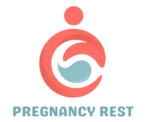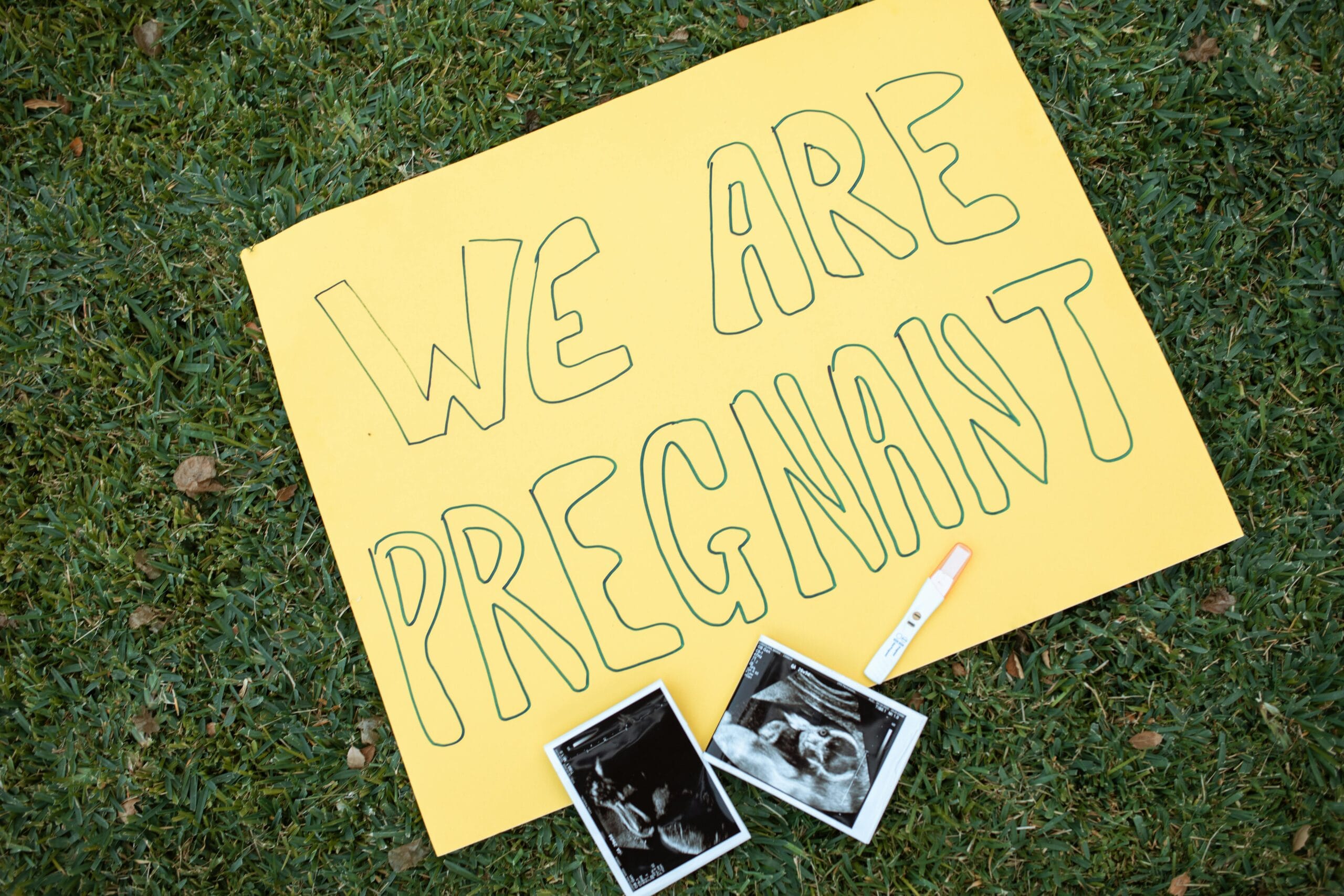Motherhood begins after childbirth and continues through the fourth trimester. Both mother and baby must adapt during the fourth trimester which marks the earliest three months following childbirth. Adjusting to motherhood requires healing processes while building bonds with the baby while adapting to the new realities. This guidance system presents essential information about maternal physical and psychological changes with applicable methods to aid recovery and self-care.
Understanding the Fourth Trimester
The fourth trimester represents a period following childbirth where mothers must orchestrate physical healing with emotional adjustments and new routine development. New mothers frequently encounter diverse difficulties where they need to recover from birth while their hormones balance and their body deals with fatigue and frustration related to breastfeeding. By understanding the fourth trimester changes ahead of time new mothers can better cope with motherhood adjustments.
Physical Recovery After Birth
1. Healing from Labor and Delivery
A woman’s body requires recovery time regardless of vaginal or C-section delivery type. The most prevalent postpartum symptoms affect perineal healing along with vaginal bleeding and uterine contraction. The healing process occurs more smoothly when women rest well while receiving pain treatment and doing light physical activities.
2. Managing Postpartum Pain and Discomfort
Obtaining relief from vaginal birth-related pain will be possible with sitz baths combined with perineal ice packs and over-the-counter medications.
C-section patients should keep their incision clean and refrain from heavy lifting according to their doctor’s recommended treatment for wound care.
3. Pelvic Floor and Abdominal Recovery
The pelvic area together with abdominal muscles receive changes from pregnancy through delivery. Practice Kegels exercises as pelvic floor exercises since these strengthen the pelvic floor muscles to reduce potential incontinence risks. Performing light core exercises becomes helpful for treating diastasis recti after birth.
4. Restoring Energy and Nourishment
The process of recovering after childbirth heavily depends on consuming nutritious food and sufficient fluids. A balanced diet with protein, fiber along with healthy fats and iron content should be the focus. A breastfeeding mother alongside others needs to drink plenty of water because it helps both healing and breast milk formation.
Emotional and Mental Well-Being
1. Understanding Postpartum Emotions
A mother’s mental health suffers due to the combination of hormonal changes together with sleep problems followed by newborn caregiving responsibilities. Women often encounter a variation of postpartum emotions called “baby blues” which results in mood fluctuations combined with weeping spells alongside anxious feelings. Many women recover from baby blues symptoms within fourteen days. A persistent occurrence of symptoms suggests postpartum depression or anxiety therefore professional help becomes necessary.
2. Building a Support System
A woman needs a robust community of help throughout the fourth trimester after birth. Find assistance from relatives or friends together with postpartum doulas. Learning about postpartum experiences from other new mothers can happen through support networks or online communities which offer valuable reassurance together with encouragement.
3. Prioritizing Self-Care
Care for oneself stands as essential because it generates complete wellness in life. Small activities including hot showers as well as relaxing music and fresh outdoor breaks create significant relief. Despite busy schedules you should allocate brief time spans to maintain equilibrium in your life.
Breastfeeding and Infant Care
1. Breastfeeding Challenges and Solutions
Many women find breastfeeding both encouraging and demanding. New mothers typically encounter three primary breastfeeding problems which include difficulty with latch along with insufficient milk production and painful breast fullness. Seeking help from lactation consultants will deliver support that is essential for learning.
2. Newborn Sleep Patterns
The sleep patterns of newborns exhibit irregularity because they frequently wake up during night hours. Following a soothing routine before sleep alongside using safe sleep practices will promote better rest for both mother and newborn.
3. Bonding with Your Baby
The mother-baby bond grows stronger through skin contact and talking and gentle motions. Your baby’s cues guide your responses while following a feeding and sleep schedule helps your child feel secure.
When to Seek Medical Help
Research shows that postpartum recovery becomes different for each person yet some symptoms need immediate medical attention. See a healthcare professional right away when these signs occur:
- Heavy or prolonged bleeding
- Severe pain or swelling
- Signs of infection (fever, redness at incision site)
- Persistent sadness, anxiety, or thoughts of self-harm
Conclusion
During this fourth trimester period you need to practice patience while nurturing yourself alongside getting necessary support for this crucial time of transition. Postpartum recovery requires both physical and emotional understanding because this knowledge enables new moms to handle the transition with assurance. You never need to face this journey on your own because finding the support you need right now and caring for yourself first will lead to a better experience.



